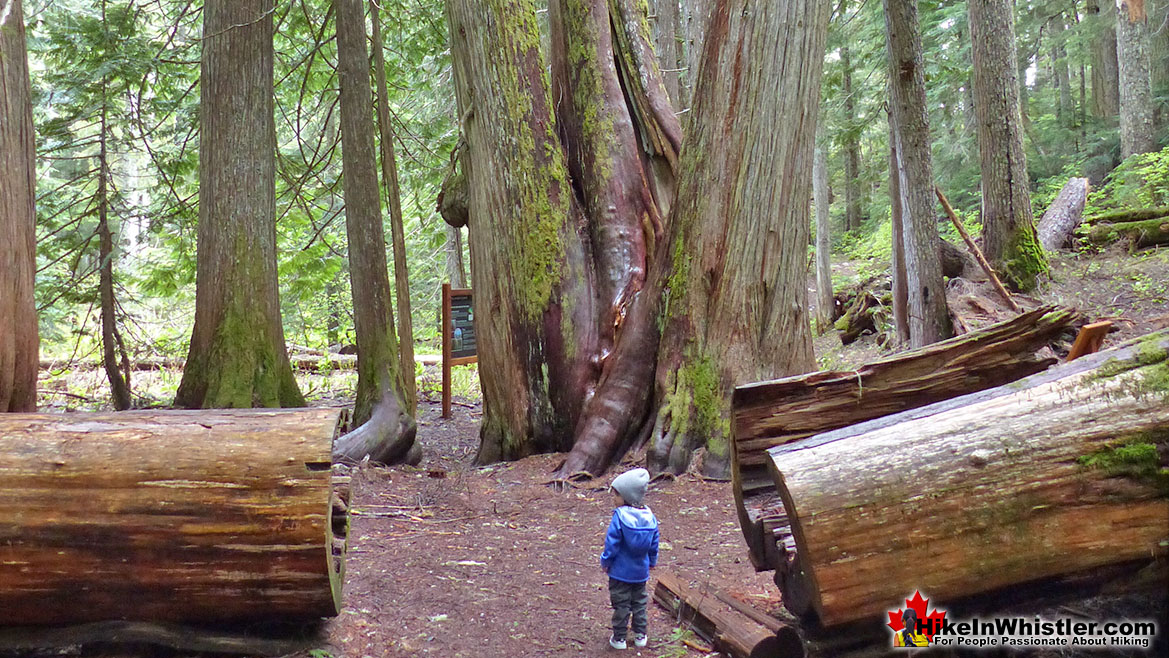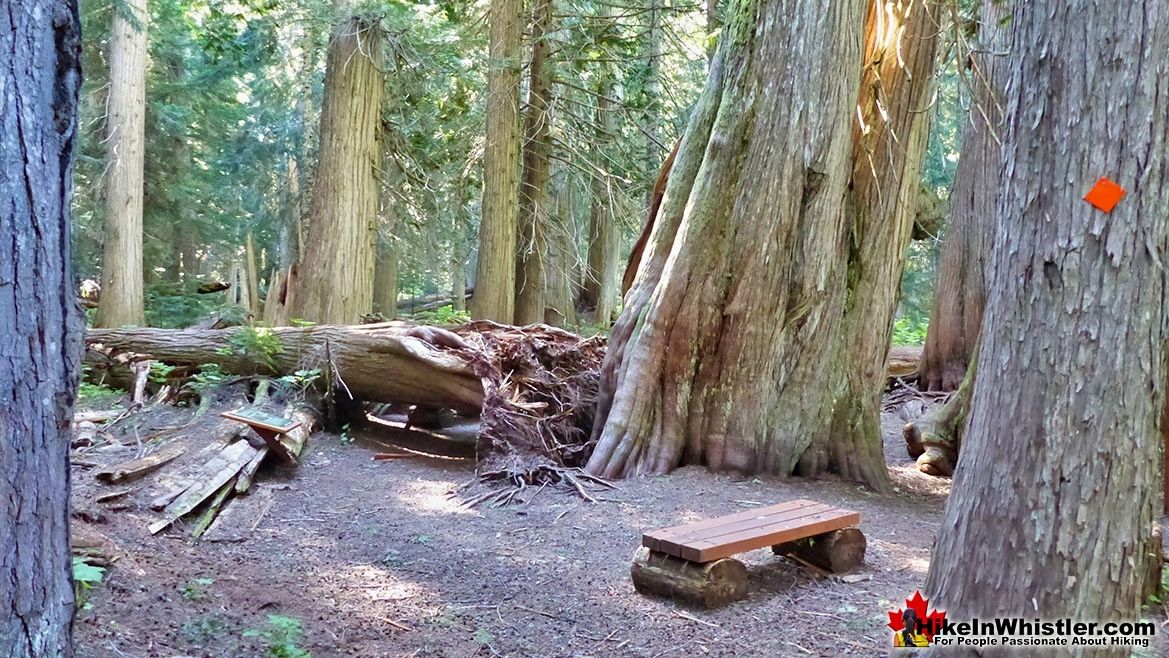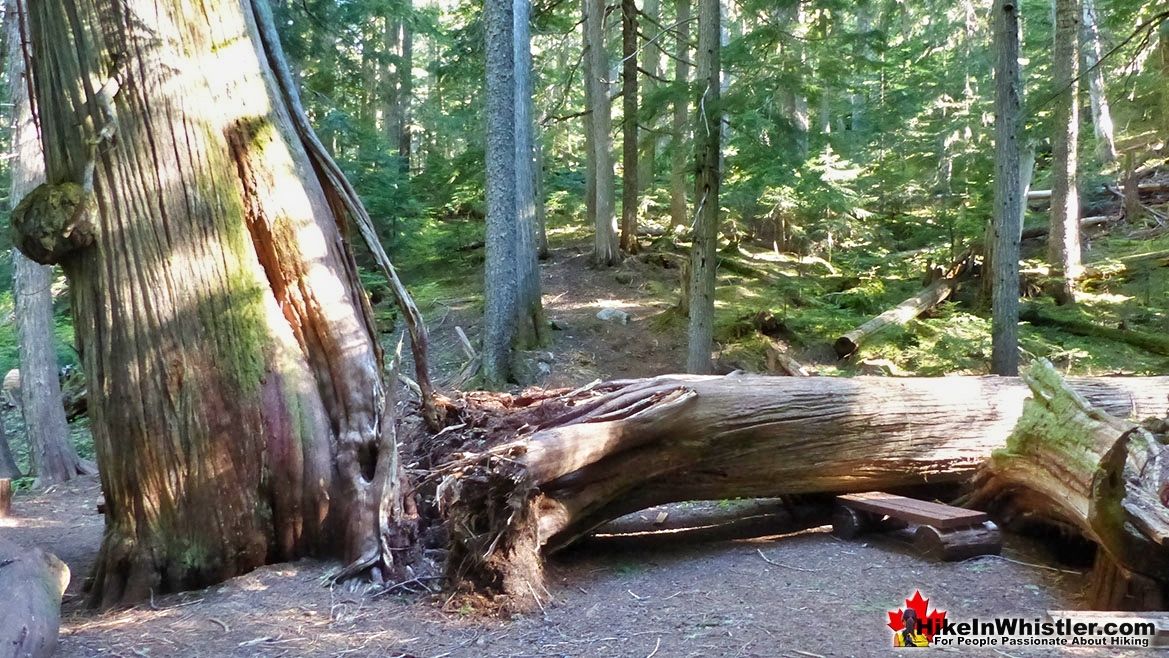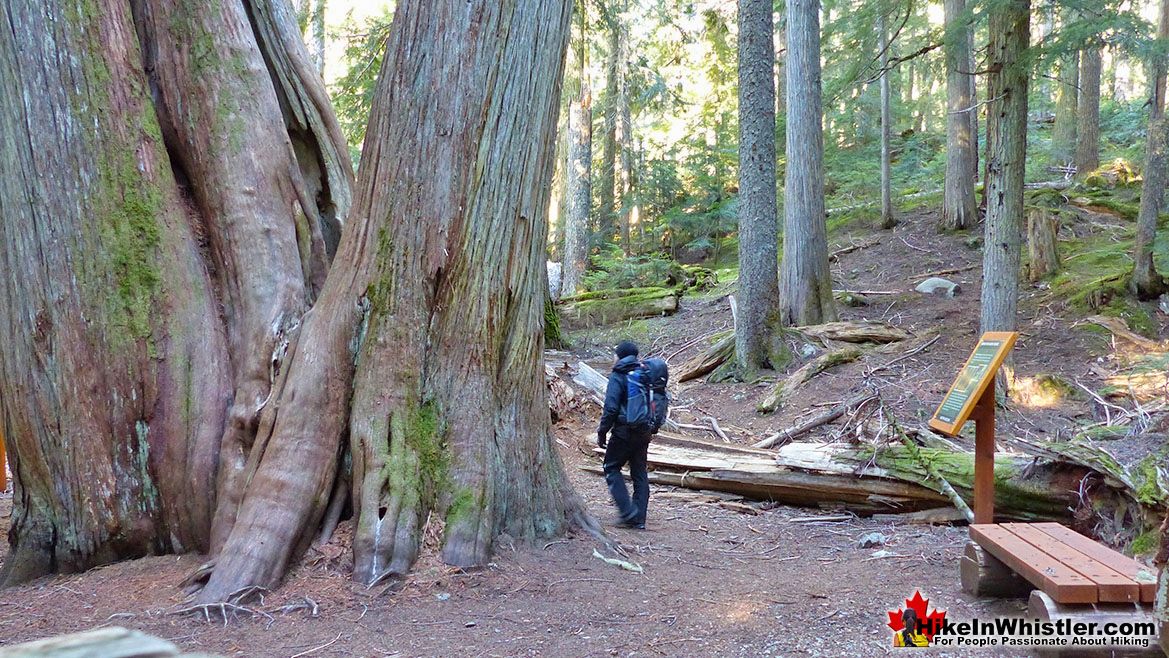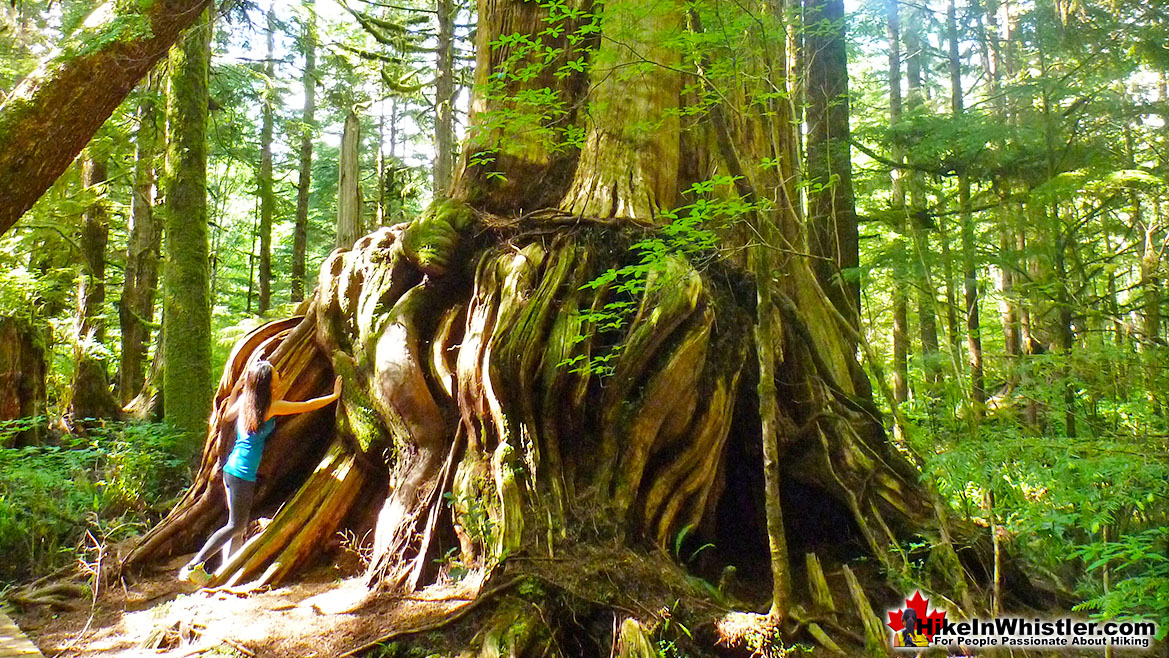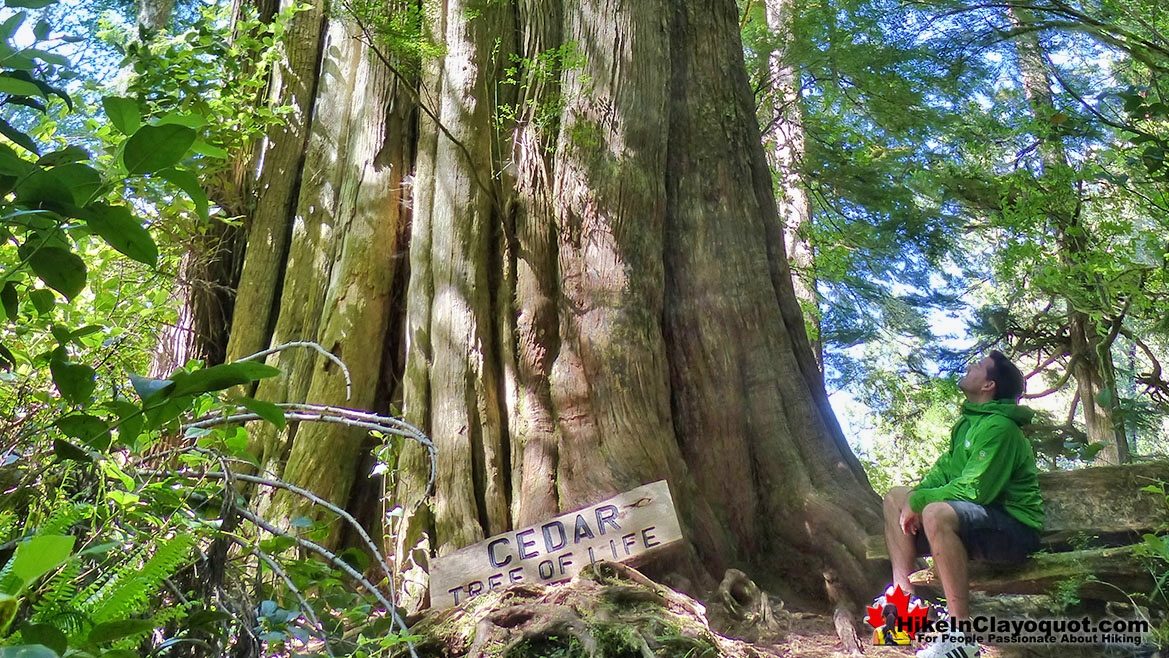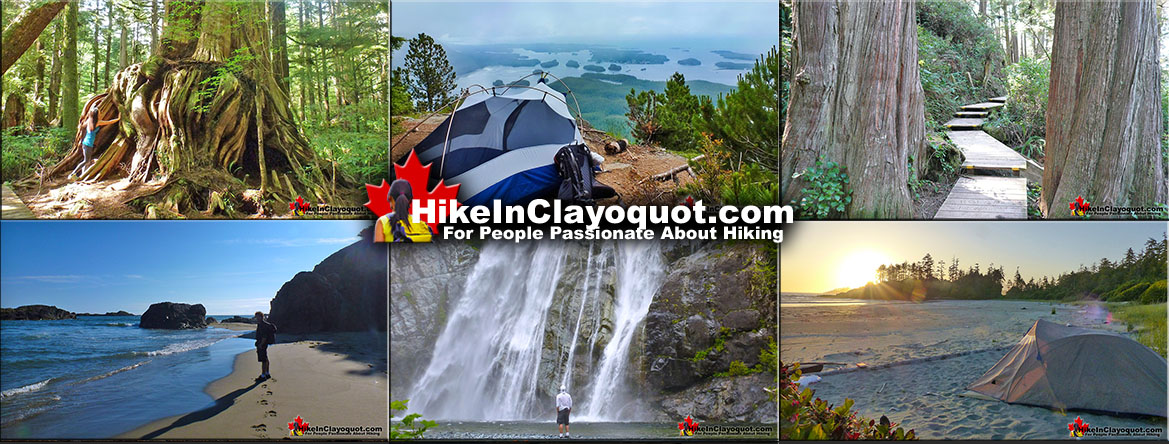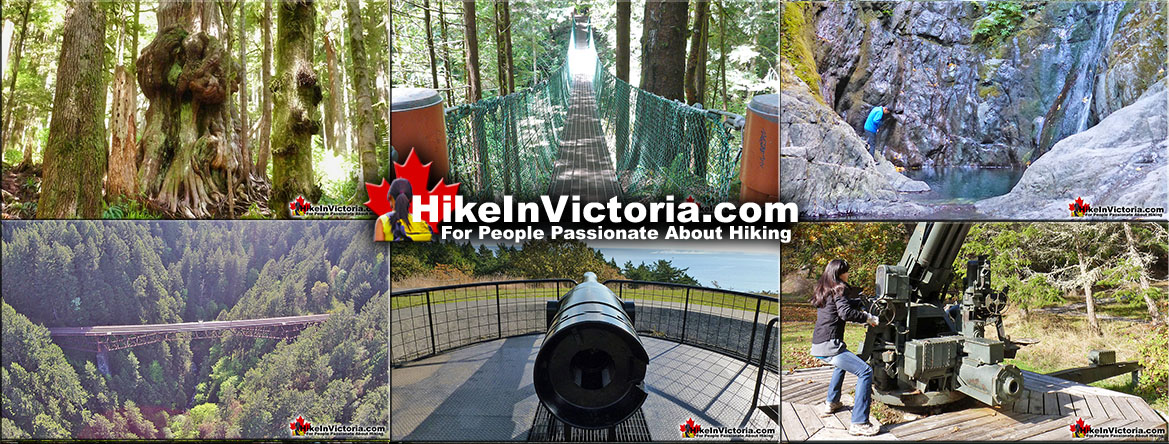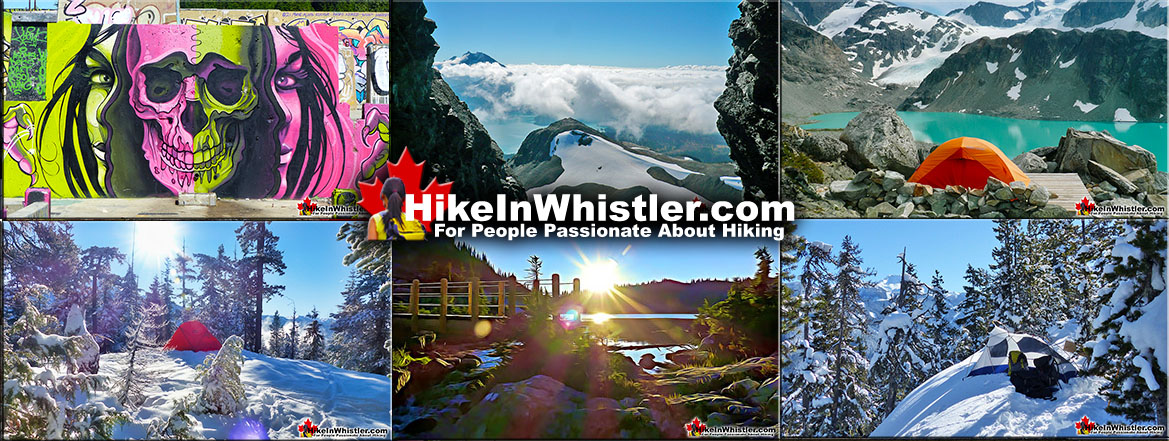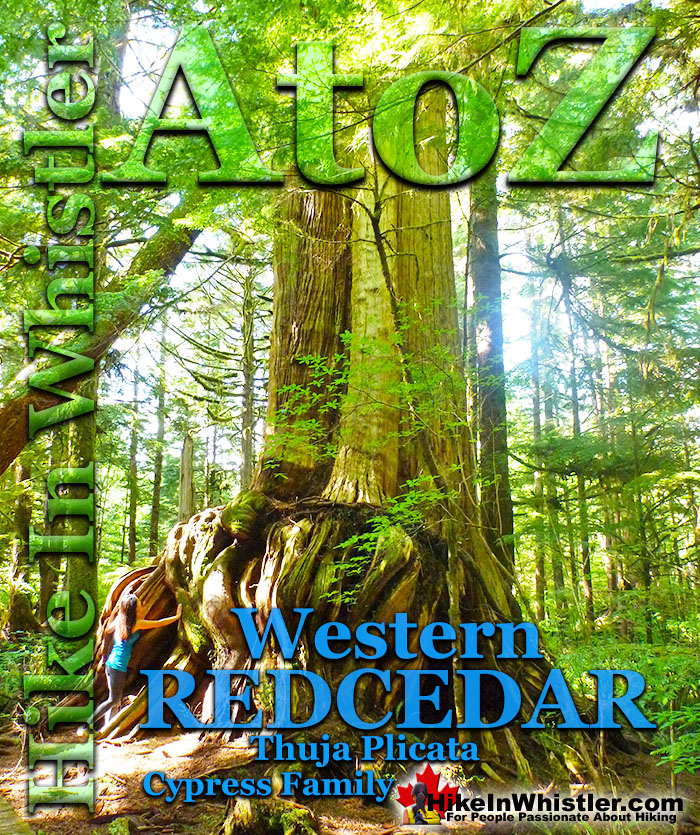
![]() Western redcedar is a very large tree commonly found in the Pacific Northwest. Frequently growing up to 70 metres and with a trunk diameter of 7 metres, they can live well over 1000 years. Specific is tricky to accurately measure on living trees, however, the oldest verified western redcedar was recorded as 1460 years old. The big western redcedars in Whistler's Ancient Cedars forest are thought to be 1000 years old.
Western redcedar is a very large tree commonly found in the Pacific Northwest. Frequently growing up to 70 metres and with a trunk diameter of 7 metres, they can live well over 1000 years. Specific is tricky to accurately measure on living trees, however, the oldest verified western redcedar was recorded as 1460 years old. The big western redcedars in Whistler's Ancient Cedars forest are thought to be 1000 years old.
Whistler & Garibaldi Hiking
![]() Alexander Falls
Alexander Falls ![]() Ancient Cedars
Ancient Cedars ![]() Black Tusk
Black Tusk ![]() Blackcomb Mountain
Blackcomb Mountain ![]() Brandywine Falls
Brandywine Falls ![]() Brandywine Meadows
Brandywine Meadows ![]() Brew Lake
Brew Lake ![]() Callaghan Lake
Callaghan Lake ![]() Cheakamus Lake
Cheakamus Lake ![]() Cheakamus River
Cheakamus River ![]() Cirque Lake
Cirque Lake ![]() Flank Trail
Flank Trail ![]() Garibaldi Lake
Garibaldi Lake ![]() Garibaldi Park
Garibaldi Park ![]() Helm Creek
Helm Creek ![]() Jane Lakes
Jane Lakes ![]() Joffre Lakes
Joffre Lakes ![]() Keyhole Hot Springs
Keyhole Hot Springs ![]() Logger’s Lake
Logger’s Lake ![]() Madeley Lake
Madeley Lake ![]() Meager Hot Springs
Meager Hot Springs ![]() Nairn Falls
Nairn Falls ![]() Newt Lake
Newt Lake ![]() Panorama Ridge
Panorama Ridge ![]() Parkhurst Ghost Town
Parkhurst Ghost Town ![]() Rainbow Falls
Rainbow Falls ![]() Rainbow Lake
Rainbow Lake ![]() Ring Lake
Ring Lake ![]() Russet Lake
Russet Lake ![]() Sea to Sky Trail
Sea to Sky Trail ![]() Skookumchuck Hot Springs
Skookumchuck Hot Springs ![]() Sloquet Hot Springs
Sloquet Hot Springs ![]() Sproatt East
Sproatt East ![]() Sproatt West
Sproatt West ![]() Taylor Meadows
Taylor Meadows ![]() Train Wreck
Train Wreck ![]() Wedgemount Lake
Wedgemount Lake ![]() Whistler Mountain
Whistler Mountain
![]() January
January ![]() February
February ![]() March
March ![]() April
April ![]() May
May ![]() June
June ![]() July
July ![]() August
August ![]() September
September ![]() October
October ![]() November
November ![]() December
December
The awkward name spelling attributed to the western redcedar is to indicate that it is not a true cedar, but rather one of two Thuja species native to North America. Though western redcedar appears to be the most authoritative spelling used, many other variations of the name are frequently used. Western red cedar, Pacific red cedar, giant arborvitae, western arborvitae are some examples of many of these variant names. Along with the variations on spelling, the names are sometimes spelled with uppercase and lowercase. So, for example Western Red Cedar is frequently found in use. The confusing variation in spelling is compounded by the spelling of the two other prominent trees found alongside western redcedars. Douglas-fir and western hemlock trees are close neighbours in forests in Whistler and much of the Pacific Northwest. The spelling for Douglas-fir is with an uppercase 'D', which when found together in a sentence makes the spelling of the three trees, western redcedar, Douglas-fir and western hemlock look awkwardly incorrect. Added to that the official taxonomy of the western redcedar is Thuja plicata, with an uppercase 'T' and lowercase 'p'.
Ancient Cedars in Whistler
Ancient Cedars is a nice, easy/moderate 2.5 kilometre(1.6 mile) hiking trail on the far side of Cougar Mountain, just 13.1 kilometres north of Whistler Village. A small, untouched grove of huge western red-cedars hidden high up in the mountains. Often overlooked by hikers, certainly there are other groves of massive cedars found in other Whistler area hikes. If you hike the short 3 kilometre trail to Cheakamus Lake and you will marvel at the size, frequency and wonderful aroma of these massive and numerous giant cedars. The Wedgemount Lake trail also has some majestic cedars along the hike. You can even walk through an impressive grove of huge cedars on the Valley Trail at the north end of the Whistler Golf Club. None of them compare, however, to the giants at Ancient Cedars. They are extraordinarily huge and some are estimated to be a thousand years old. Most of these giants stretch toward the sky, but some lay along the forest floor giving you an even closer grasp of their size. If you bring kids along, they will disappear into the endless, natural playground.
Huge Deadfall at Ancient Cedars
Whistler's Ancient Cedars trail is similarly defined by deadfall. One huge, fallen western redcedar has a large section cut out of it so people can walk through, instead of over or around this ancient giant. Ancient Cedars is a wonderful place to see dramatically beautiful and monstrous trees, but also to marvel at the bewildering array of deadfall in this isolated forest narrowly rescued from the chainsaw just a few decades ago.
Ancient Cedars 2021 Trail Altering Deadfall
In 2021 one of the cluster of three big western redcedars pictured above came crashing down. Below you can see it where it crashed down and smashed one of the Ancient Cedars interpretive signs.
The Deadfall From the Other Side
The Soon to Be Deadfall at Ancient Cedars
This is how it looked from the other side a few years ago.
Western Redcedars in Clayoquot Sound
Western redcedars that grow in the open tend to have crowns that stretch to the ground, whereas crowded trees will have crowns only at the top where sunlight can reach them. Western redcedars are able to thrive in many areas, from mountainsides to thickly forested swamps and streams. They are even able to grown under dense shade, an attribute not shared by many other large tree species. Western redcedars have a strong and wonderful aroma that comes from a natural preservative in their outer sapwood that prevents decay. This preservative contributes to their wonderful longevity. The lack of this preservative deep within the trunks also partly explains why old Western redcedars are hollow at their base. Some remarkably beautiful and old Western redcedars found in Clayoquot Sound near Tofino are so enormous and hollow at their base that several people can fit inside. This huge western redcedar shown below is located near Tofino at Kennedy Lake and is a good example of this...
Incredible Western Redcedar at Kennedy Lake
Another main contributing factor to the extraordinarily hollow base to western redcedars is the fact that many grow from nurse logs. A nurse log is a fallen tree that a young tree grows on. A nurse log provides several advantages to a young tree, and the larger the nurse log, the more pronounced the advantages. Growing from a nurse log provides a starting point metres above the ground of the forest and therefore closer to the forest canopy and increases the exposure to sunlight. The huge Western redcedar pictured here likely started its life on an enormous nurse log several metres in diameter, which would explain its huge, sprawling and hollow base that four people could easily fit inside by crouching slightly. The enormous nurse log that fell in this forest, well over 1000 years ago has long ago disintegrated, leaving the hollow under this wonderfully beautiful tree.
Huge Western Redcedar on Meares Island
Avatar Grove in Port Renfrew
Avatar Grove and Canada's gnarliest tree is an amazing thing to see and finding it is half the fun. The cute little town of Port Renfrew, known for it's logging, amazing fishing and home of one of the trailheads to the world renowned West Coast Trail, is now reworking it's image to include this fantastic wonder. Dubbed Canada's gnarliest tree this mammoth cedar will surely leap from the unknown to the feature of millions of tourist photos in the coming days and years. Avatar Grove is a 50 hectare area of old growth forest it has shot to prominence in this part of the world and groups everywhere you look are embracing it as something to be saved, admired and loved. Not cut into lumber. The Victoria based Ancient Forest Alliance is at the forefront of rescuing and protecting Avatar Forest. They discovered, named and drove it into the world's eyes. Avatar Grove is slowly growing into a hiking destination.
More Whistler & Garibaldi Park Hiking A to Z!

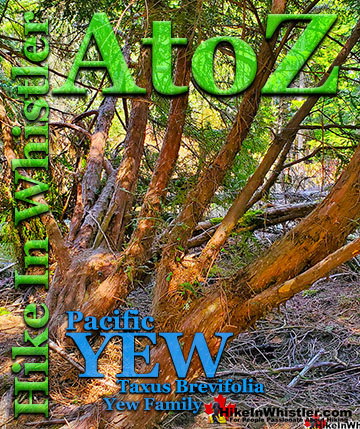


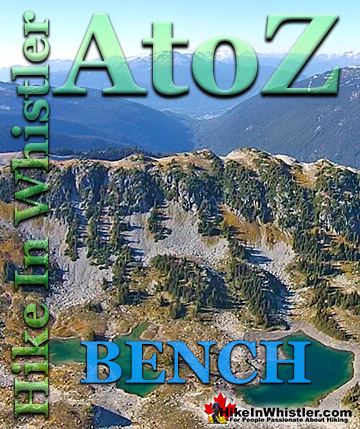


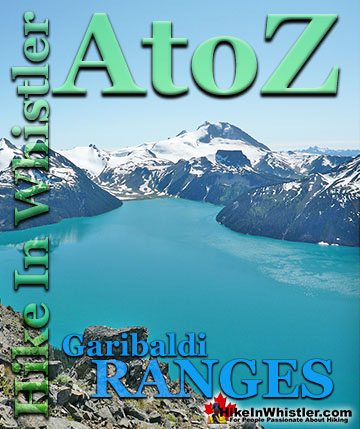
The Best Whistler & Garibaldi Park Hiking Trails!

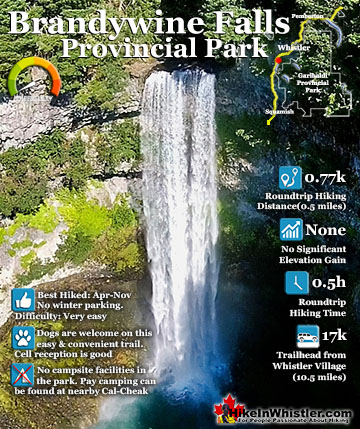
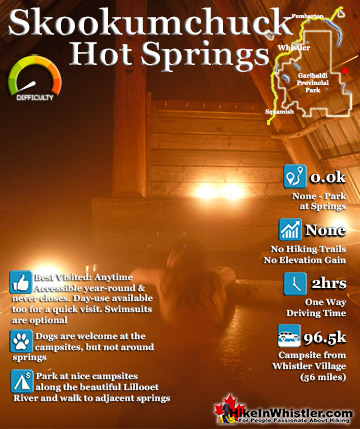
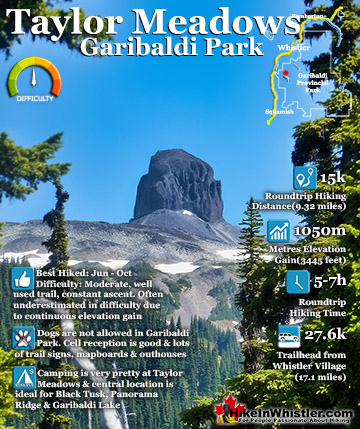
Whistler & Garibaldi Park Best Hiking by Month!
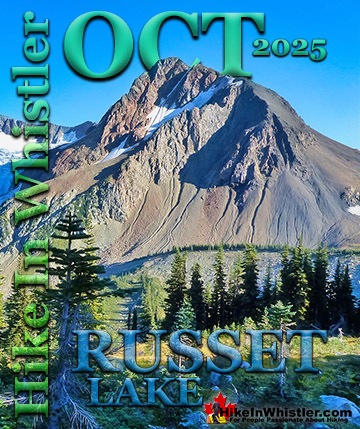


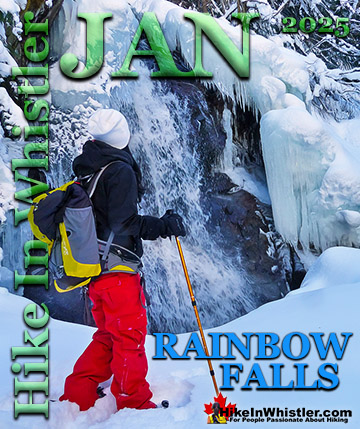
Explore BC Hiking Destinations!

Whistler Hiking Trails

Squamish Hiking Trails
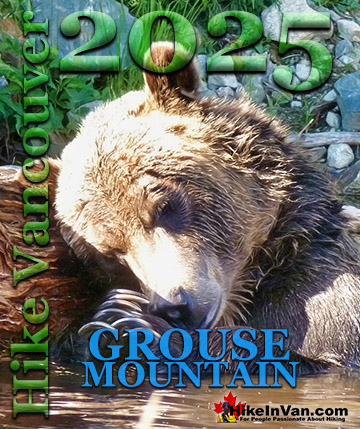
Vancouver Hiking Trails

Clayoquot Hiking Trails

Victoria Hiking Trails


